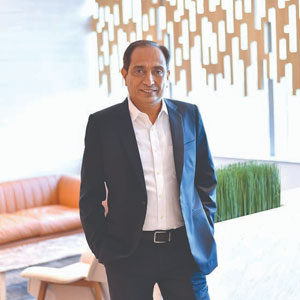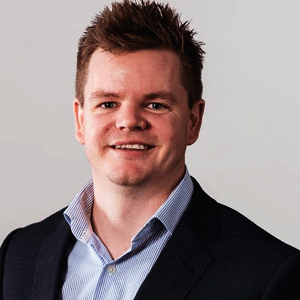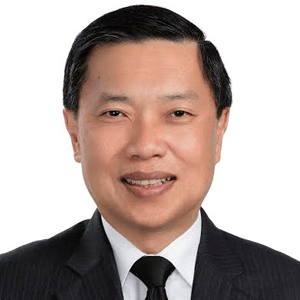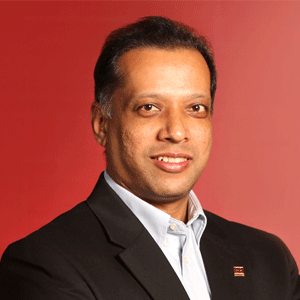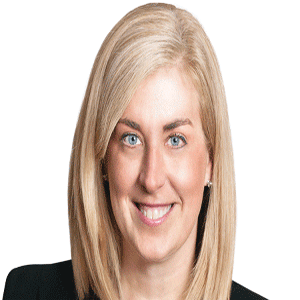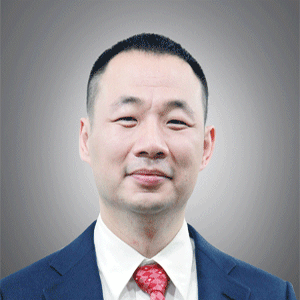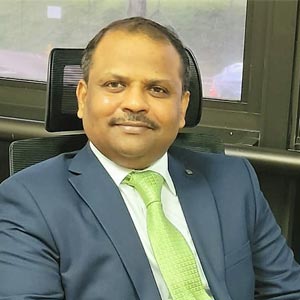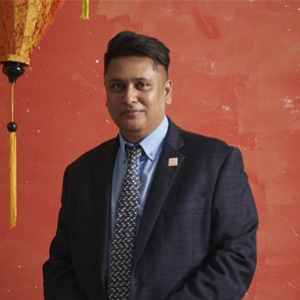THANK YOU FOR SUBSCRIBING
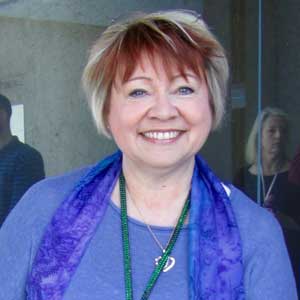
Janet Sutherland, CTO, Tatts Group
Tatts Group is Australia’s largest provider of wagering, lotteries and gaming products and services. We have over 2,500 staff across Australia and more than 4,000 retailers. Our network is one of the largest non-government networks in Australia, with over 25,000 end points across 10,000 locations.
My role as CTO encompasses our Cybersecurity operations as well as Corporate UX, and Infrastructure Strategy, Transformation, Delivery and Group Operations.
One of the key drivers for my decision to join Tatts Group, just over two years ago, was the opportunity for transformation and change – both technology and team mindset. We embarked on a journey that would evolve our technology stack and transition our team in an increasingly competitive digital market.
My team supports a wide range of modern and legacy technologies that present opportunities as well as challenges. Over the past 12 months we have developed a number of technology strategies to support the business, including a new hybrid hosting strategy and a unified communications and contact centre strategy.
What is Unified Communications?
The term Unified Communications (UC) generally describes integrated enterprise communications services including voice and video, instant messaging (chat), email and voicemail. Unified communications is an enabler for improved mobility and collaboration, in a business sense it can transform how we work and on a personal basis it can make life simpler. Voicemail can easily convert to email or text and vice versa. An international traveller can use a mobile device with internet access to phone home, with or without video and without incurring international fees. For some it can mean the transition from work to home never really happens, as email and video are ever present on our mobile devices.
Unified Communications has been talked about in the market for many years now, I first heard the term about 12 years ago and soon realised the potential business benefits as well as the improved end user experience it would bring.
Unified Communications at Tatts Group
Unified communication is a key strategic initiative at Tatts Group, we see it as both an enabler within our corporate environment, by improving collaboration and mobility experience, as well as an opportunity to offer an improved buying experience for our customers.
Unified communication technologies have introduced a change in culture, a shift from e-mail overload and multiple face-to-face meetings
Our goal was a fully integrated platform for internal business communications services, including voice, video, instant messaging (chat), conferencing and mobile connectivity. In parallel, we needed a contact centre solution that was highly configurable and one that manages a customer’s journey through the contact centre. The solution needed to support the delivery of consistent service levels across all touch points, channels and interactions through the contact centre and back office.
Our Unified Communications Strategy was created to empower our internal teams by improving collaboration and efficiency, as well as providing a platform to enable and support our omni-channel initiatives. Our strategy wasn’t just about a technology product selection process, it was important that we engaged with our business users, in particular our contact centre staff, to understand what they needed.
In approaching our Unified Communications Strategy, we needed to consider Tatts diverse workforce of more than 2,500 staff, made up of corporate office users spread across 29 office locations including seven contact centres, as well as engineers who spend much of their time on the road.
We formed a PoD (Project on Demand) and through a series of collaborative workshops, we identified a solution that would meet the needs of our very different business units.
Key to our success criteria is providing a consistent user experience and ensuring adoption of the new tools by not overwhelming our team with too much too soon. Unified communication technologies have introduced a change in culture, a shift from e-mail overload and multiple face-to-face meetings, which previously involved travel, to quick and easy interactions like corridor chats online.
Having determined strategy and identified products that met our selection criteria, we have taken a staged approach to delivery. Our rollout provides a rare opportunity to test products and gauge staff response in preparation for a potential move to new premises next year.
Phase one focussed on creating a stable, resilient and scalable infrastructure enabling the roll out of unified communications tools across our corporate fleet. Our staff are empowered to communicate from any device, whether desktops, laptops, tablets or mobile phones; using voice, chat or video. This phase has been a real plus for our highly mobile Max Tech engineers who spend almost all of their time on the road, installing new equipment in one of our many venues, or maintaining telco services in remote regions.
Phase two is focussing on enhanced meeting room experience and voice system integration. We are in the process of deploying video conference capability across meeting rooms in most of our corporate locations. There is a great deal of excitement about new tools that enable extensive team collaboration across multiple locations thousands of miles apart, not just through video but sharing of whiteboards and desktops in real time, and without the time and cost of travel.
And finally phase three will shift our focus to our contact centres and beyond. Unified communications is changing the way we work at Tatts Group, inspiring better team collaboration and connectivity and giving us a much more sustainable communications strategy to continue driving our business forward.


